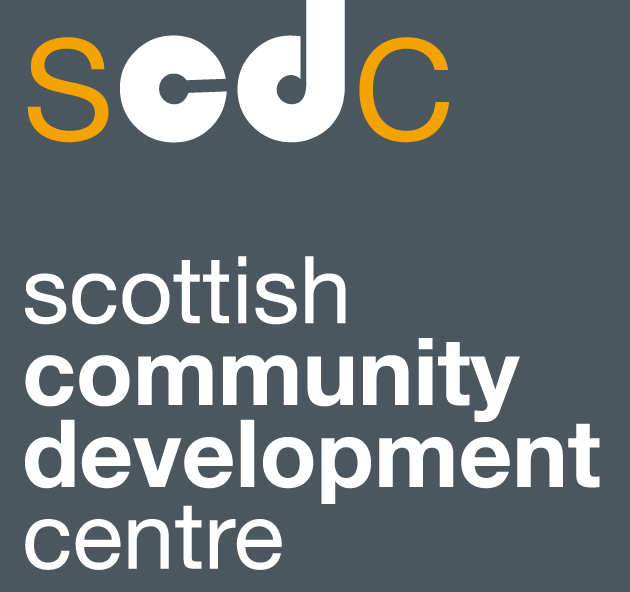Ten for 10: Why voting is essential for participatory budgeting
/As we mark 10 years of SCDC as an independent organisation, David Reilly argues that voting is the key element that makes participatory budgeting such a powerful tool for community empowerment.
Josh Lerner has been a key figure in spreading participatory budgeting (PB) in North America, where over half a million people have voted on how $337million of public funds is invested.
At our 2019 PB Scotland conference Josh spoke of the importance of voting within PB. He brought us back to 1980s America where school funding cuts saw the end of fresh vegetables served at lunch. But how could the government make good it’s commitment to a balanced diet with no veg?
Easy: ketchup was classified as a vegetable – it was red and comes from a tomato after all.
Voting is a key ingredient in the PB recipe. Not as a bolt out the blue, winner takes all, like some recent referendums. Instead, we use thoughtful voting process carefully blended with ongoing dialogue between community members, deliberation and priority setting - and with each stage carefully evaluated and adapted depending on local circumstances.
An equal basis
Co-producing this process is the secret ingredient. Co-produced PB processes sees citizens, budget holders, professionals and elected members come together to combine their strengths and capacities, working together on an equal basis to use PB to achieve positive change in the community.
Taking a co-productive approach is a great way of sharing power over public money. And in Scotland, with PB being promoted by local and national government as part of a shift toward community empowerment and wider democratic renewal, this is exactly what we are aiming for.
And of course, why would we not involve communities at the point where we identify which parts of public funds should be decided by PB? That way, the agenda is set by the community, not administrative convenience or targets.
But creating a better democracy means establishing PB with more than just the right processes. We need to approach it with a set of values, including the need to recognise that power comes from our citizenship.
These values are within the PB Charter for Scotland, developed as part of our PB Scotland programme through a co-productive process engaging over 200 citizens, practitioners and public sector workers over a year. The PB Charter sets out these values as key features of a fair and high quality PB process, including that ‘within a PB process everyone has a vote’.
A Step forward
Done well, when communities have a direct say in both the process and the decisions reached, PB is a powerful way to encourage people to step forward as active citizens within a more participatory democracy and have a direct influence in the decisions that affect our lives.
People are clever. We know when we have an equal seat at the table and we know when we get to decide and when we don’t. We must avoid sliding back to the ‘business as usual’ of budget consultation, which absolutely has its place. But unlike turnouts for PB voting events, I’ve yet to see community members queuing to be consulted.
American school pupils didn’t buy it when they were told that ketchup is a vegetable – perhaps we should expect the same result if people in Scotland are told that vote-free, consultations around public money is participatory budgeting.


